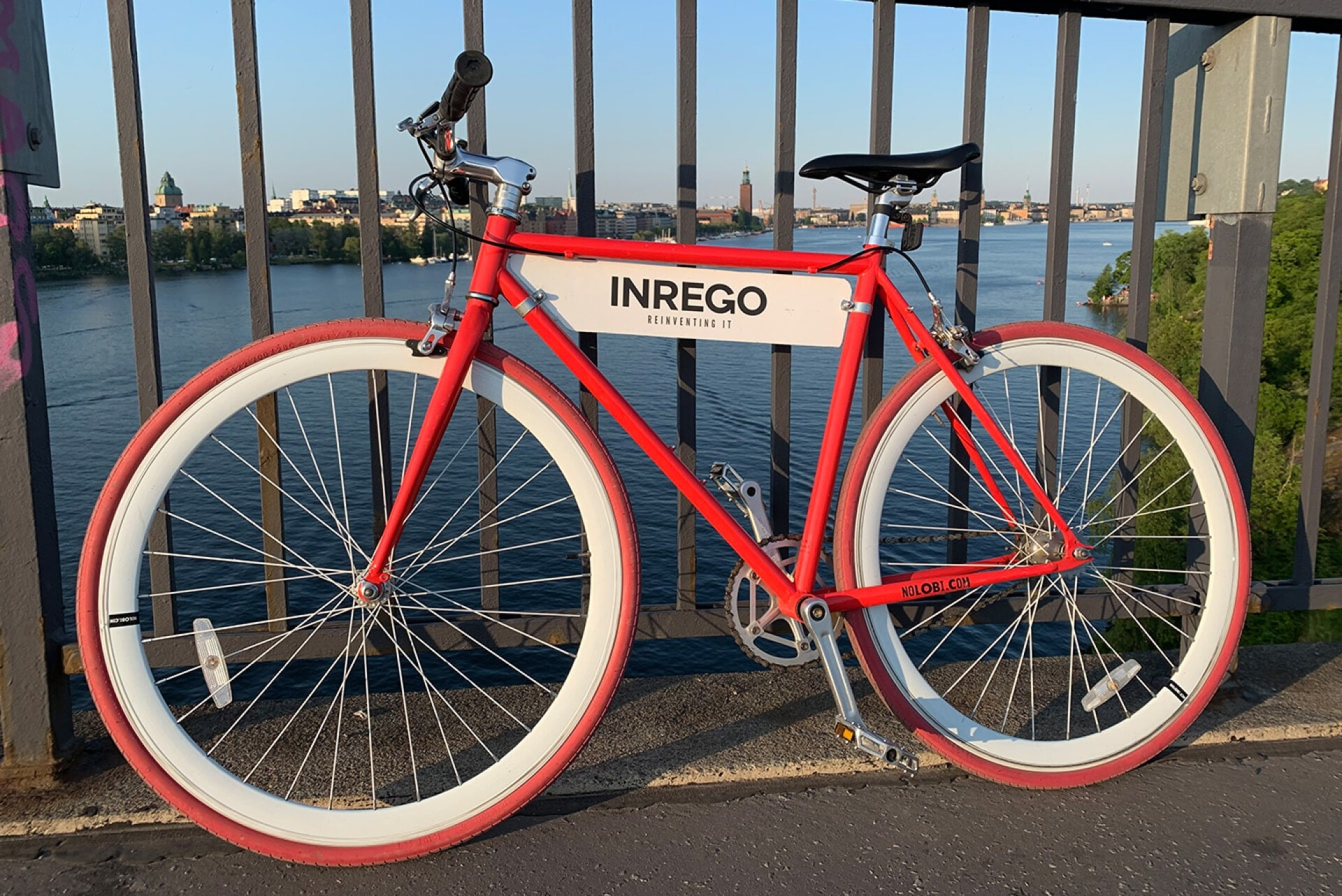2012
From tree hugger to economics
The concept of the circular economy marked a turning point. Though first introduced in the 1980s, it gained real momentum with the launch of the Ellen MacArthur Foundation in 2010. By using economic language, the foundation clearly demonstrated how environmental and financial sustainability go hand in hand. In truth, it’s common sense: with growing wealth and a rising global population, we need to manage Earth’s resources more wisely, ensuring they last, and are shared fairly. At its core, it’s about efficient resource use, what business has always been about.
The circular economy offers a new perspective on which resources we need to manage efficiently—and which ones truly carry a cost. The linear economy has largely ignored environmental impact. Virgin materials have rarely been held accountable for their true cost. Instead, labor has been the biggest expense, which is why it has so often been replaced by machines. Ellen MacArthur gave voice to this imbalance. Her work brought together insights and incentives, creating a new path for economic development—one that considers the planet’s finite resources and the climate impact of our behavior.
The circular economy presents a powerful opportunity to develop prosperity—sustainably.

